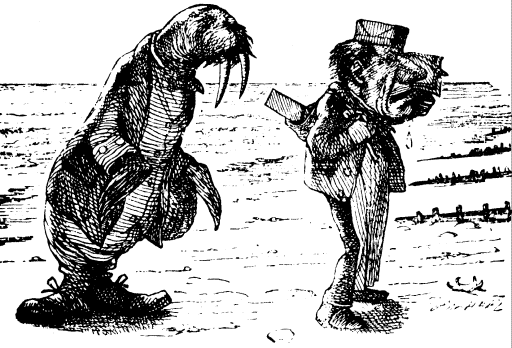I've thought about starting a blog for over a decade now and both of my daughters, who have their own blogs, have encouraged me to for almost that long. They both love to read and write as much as I do and they are good at it. My oldest daughter, Kelly, was once challenged to write every day and she challenged me to do the same for a month. We were going to share what we wrote with each other via email on a daily basis, but life was busy for both of us and we kept that up for about a week.
I was finally compelled to start blogging in the aftermath of the most recent presidential election. I had been thinking for so long about some issues that I was hearing a lot of rhetoric about, and finally the dam just burst. These thoughts were not necessarily profound, but it can be difficult in casual conversation or in Facebook comments to explain why you've changed your mind about something or how you've arrived at a position contrary to what others in your life may believe.
I prefer to put things in writing, in part because it helps me process ideas and sort things through. I tend to decide I want to explore an issue and examine my assumptions about it, which will lead me to read and research and end up coming up with an opinion that may leave my family and friends scratching their heads. Sometimes things just happen, in your own life or in the world, that cause you to think differently or more deeply about something than you ever had before.
Writing has always been therapeutic for me. Most of what I'll be writing about here is not political or controversial or all that important. I like to write about how one thing leads to another as I trace how changes came about in my life or in my thinking. I like to write about life and about things I like or why I don't like other things. In other words, I'll be writing about random things, but two of my relatives already have blogs with the word, "random" in their titles.
My mom read to us a lot growing up, and she liked to quote, yes, at random, from children's literature.
" 'The time has come,' the walrus said," Mom would quote, out of the blue,
" 'to talk of many things...' "

Those words will pop into my head, quite at random, like so many other things that make me think of Mom on any given day. And obviously, those words from Lewis Carroll inspired the title of this blog.
I'm hesitant to write about the really big things, heartbreaking, profound, important things. I'm reluctant to tread clumsily on sacred ground. Someday I'll write more about my mother and the experience of losing her by degrees to ALS.
I don't have aspirations of attracting a lot of followers or earning money through advertising on my blog. I'm blogging because I like to write and because my daughters have encouraged me to and because maybe someday my grandchildren will be interested in reading some of what I've written here.
My sister-in-law is a published novelist, my brother-in-law writes a blog for the Houston Chronicle, and my oldest daughter has sold articles for publication in magazines. I am not talented or hard-working enough to write like that. Even if I was, I'd be too thin skinned to handle pesky editors telling me to change this or cut that.
It'll be so much easier to just write my own little blog. I hope you'll like it, but if you don't, you don't have to tell me.



















































